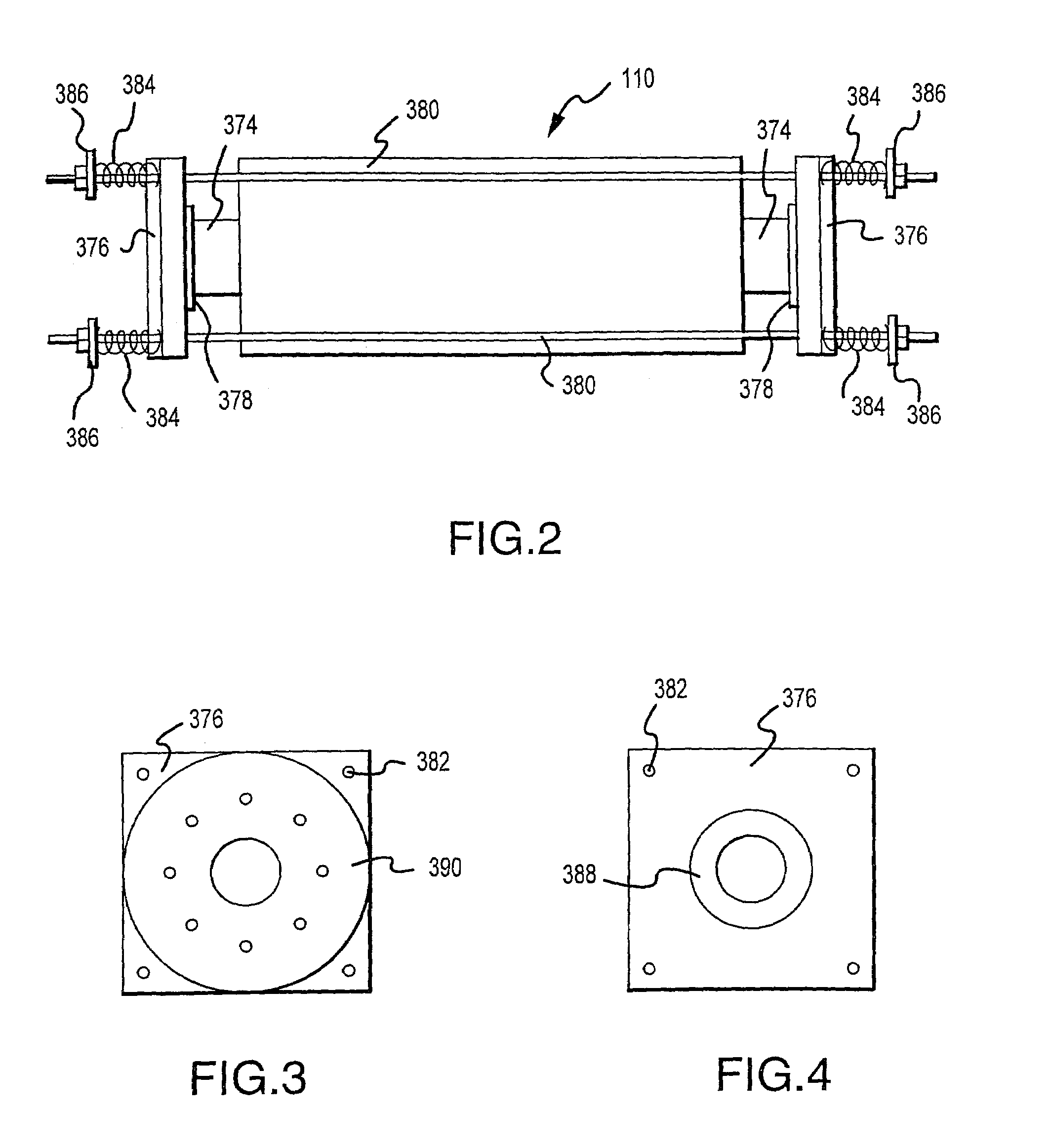Method for making a film from silver-containing particles
The aerosol method for producing silver-containing powders using ultrasonic aerosol generation addresses the challenges of size and morphology in existing technologies, achieving high-quality powders with improved properties and efficiency for electronic applications.
- Summary
- Abstract
- Description
- Claims
- Application Information
AI Technical Summary
Benefits of technology
Problems solved by technology
Method used
Image
Examples
example 1
[0324]This example demonstrates the preparation of silver-containing particles in which the silver is present in an alloy with palladium.
[0325]An aqueous solution is prepared including dissolved palladium and silver as nitrates. The total amount of palladium and silver in the solution is 5 weight percent, with the relative proportions of palladium / silver being 70 / 30 on a weight basis, so that, if the silver and the palladium fully alloy, a 70 / 30 Pd / Ag alloy will be obtained in the particles. An aerosol is generated from a single transducer ultrasonic generator operating at a frequency of 1.6 MHz using a carrier gas of nitrogen. Generated aerosols are sent to a furnace to prepare the palladium-containing particles. Reactor temperatures are varied from 900° C. to 1400° C. The samples are cooled and collected.
[0326]Several particle samples are subjected to TGA testing in air to evaluate the weight gain of the particles as an indication of susceptibility to palladium oxidation. Also, se...
example 2
[0329]This example demonstrates the detrimental effect on palladium oxidation resistance of using air as a carrier gas in the manufacture of particles with a palladium / silver alloy.
[0330]Palladium / silver alloy particles are made according to the procedure of Example 1, including a 70 / 30 Pd / Ag weight ratio in the liquid feed, except that air is used as the carrier gas instead of nitrogen. The particles are manufactured with a reactor temperature of 1000° C.
[0331]Based on TGA testing of the particles in air, assuming all weight gain is attributable to palladium oxidation, about 26 percent of the palladium is susceptible to oxidation, or about twice as much as shown in Example 1 when nitrogen is used as the carrier gas.
example 3
[0332]This example demonstrates the addition of calcium to a 70 / 30 Pd / Ag alloy.
[0333]Particles are prepared according to the procedure of Example 1, except that 0.25 weight percent calcium relative to palladium is added in nitrate form to the liquid feed. Particles are produced at a reactor temperature of 1000° C. TGA indicates that about 18 percent of the palladium in the particles is susceptible to oxidation, indicating that the calcium addition has not improved oxidation resistance relative to processing at 1000° C. in the absence of calcium, as shown in Example 1. This result is particularly surprising considering the teachings of U.S. Pat. No. 5,402,305 by Asada describing the beneficial effects of adding calcium to palladium powders.
PUM
| Property | Measurement | Unit |
|---|---|---|
| weight percent | aaaaa | aaaaa |
| weight percent | aaaaa | aaaaa |
| weight percent | aaaaa | aaaaa |
Abstract
Description
Claims
Application Information
 Login to View More
Login to View More - R&D
- Intellectual Property
- Life Sciences
- Materials
- Tech Scout
- Unparalleled Data Quality
- Higher Quality Content
- 60% Fewer Hallucinations
Browse by: Latest US Patents, China's latest patents, Technical Efficacy Thesaurus, Application Domain, Technology Topic, Popular Technical Reports.
© 2025 PatSnap. All rights reserved.Legal|Privacy policy|Modern Slavery Act Transparency Statement|Sitemap|About US| Contact US: help@patsnap.com



